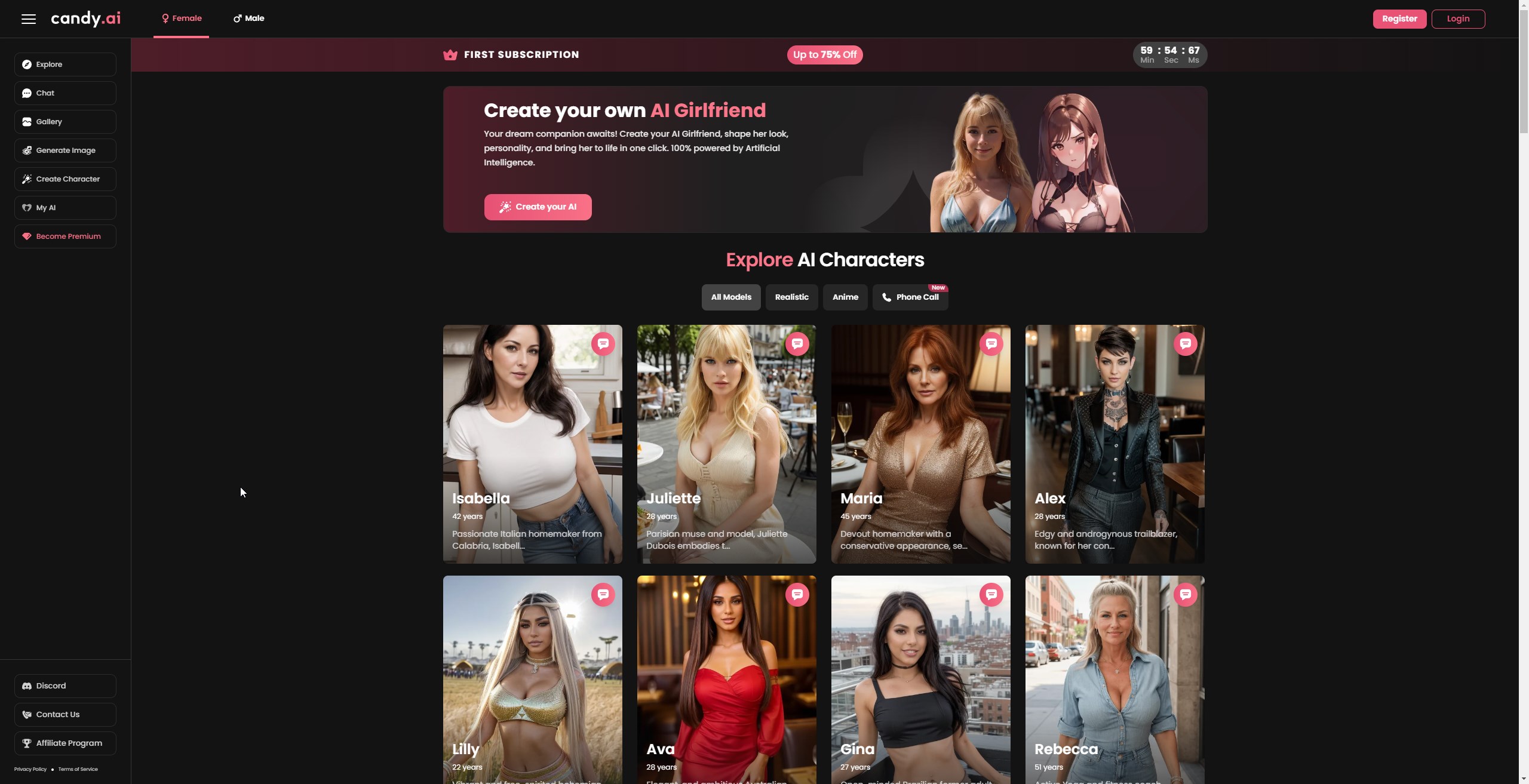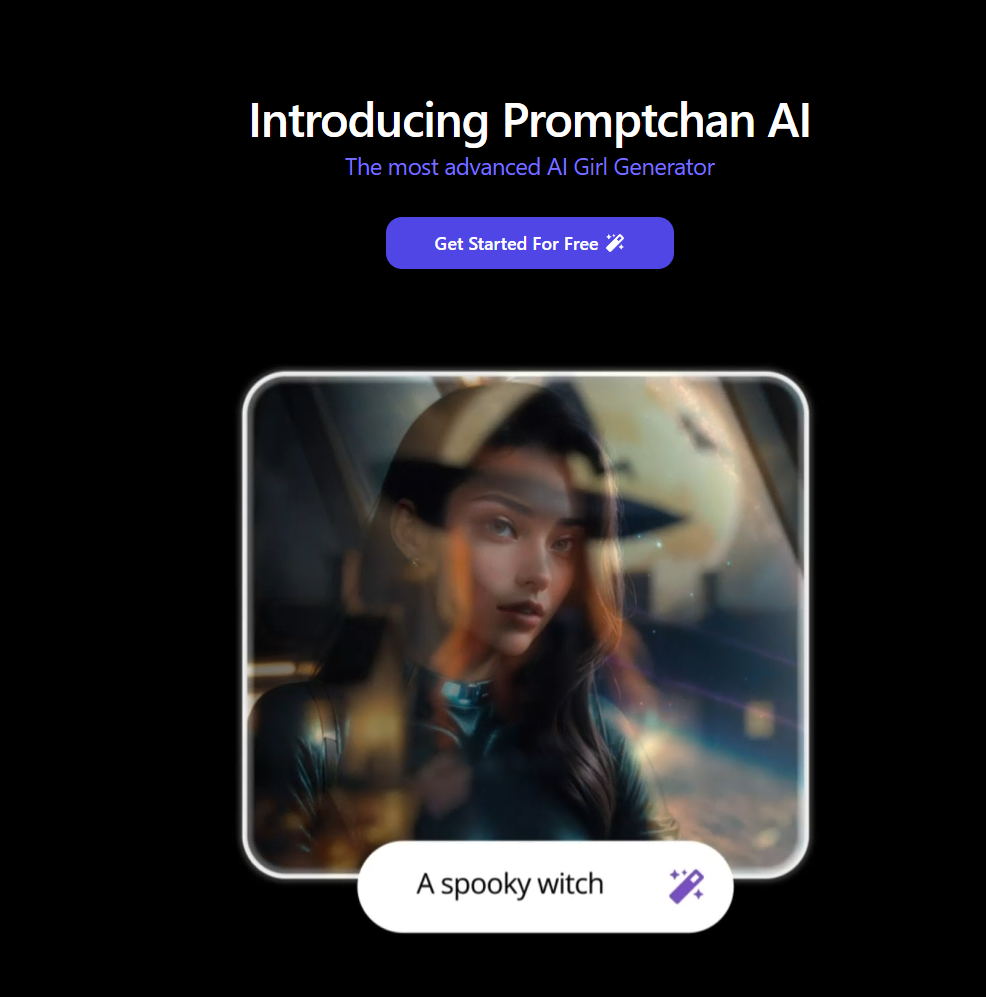Sometimes, fashion trends can spark controversy and divide opinions. One such trend that has been gaining attention is the artificial cameltoe, popularly known as Ai vs Real-Life Cameltoe.
While some see it as a bold and empowering statement, others view it as objectifying and promoting unrealistic beauty standards. This article will delve into the debate surrounding this trend and explore its implications in modern society.
What is AI-generated Cameltoe?
AI-generated cameltoe refers to computer-generated images or videos that simulate a cameltoe on female models wearing tight-fitting clothing. These simulations are often used in advertisements or social media posts to promote products such as leggings or swimsuits. Companies use AI to create these images rather than hiring models for photoshoots, saving time and money while also having complete control over how they want their product to be presented.
While some argue that this technology allows for more creativity and flexibility in advertising, others see it as another tool for objectification and unrealistic beauty standards.

The Rise of Candy.ai
One company at the forefront of this trend is Candy.ai – a startup that specializes in creating realistic-looking virtual models for advertising purposes. They use AI algorithms to generate digital avatars that look like real human beings but aren’t limited by physical characteristics or flaws. The company claims that their models are inclusive and diverse, representing all body types and ethnicities.
One of the main features offered by Candy.ai is the ability to add a simulated cameltoe to their virtual models. This feature has sparked controversy, with some praising it for promoting body positivity and others condemning it for objectifying women’s bodies.
The Impact on Real-life Models
One of the biggest concerns surrounding AI-generated cameltoes is its potential impact on real-life models who may feel pressured to conform to these unrealistic standards set by technology. With companies like Candy.ai offering hyper-realistic virtual models with simulated cameltoes, there is a fear that this trend could further perpetuate the already harmful beauty standards in the fashion industry.
Moreover, many argue that this trend takes away job opportunities from real-life models, as companies can simply use AI-generated images instead of hiring human models. This not only affects their livelihood but can also have an impact on their self-esteem and confidence.
Pros:
- Saves time and money for companies.
- Inclusive and diverse representation of different body types and ethnicities.
- Allows for more creativity and flexibility in advertising.
Cons:
- Fuels unrealistic beauty standards in the fashion industry.
- Potential harm to real-life models’ self-esteem and job opportunities.
Seduced.ai: Blurring Lines Between Reality and Fantasy
Another AI company making waves in this controversial trend is Seduced.ai – a website that allows users to create their own custom-made virtual model with realistic features such as hair, skin tone, body shape, and yes, even a simulated cameltoe. These models can then be used in online forums or social media platforms, blurring the lines between reality and fantasy. And for those who are looking for a more risqué conversation, taboo chat may be the perfect option.
While Seduced.ai claims to offer a platform for self-expression and creativity, critics argue that it has the potential to further objectify women’s bodies and promote unrealistic beauty standards. It also raises concerns about online safety and the potential for these virtual models to be used in inappropriate ways.
The Impact on Body Image
The rise of AI-generated cameltoes has sparked debates about the impact on body image, particularly for young girls and women. With these hyper-realistic images being used in advertising and social media, there is a fear that it could lead to body dysmorphia and low self-esteem as individuals compare themselves to these digitally altered images.
Moreover, with the ability to create custom-made virtual models, there is a risk of promoting a one-size-fits-all standard of beauty, erasing diversity and perpetuating harmful stereotypes.
Pros:
- Allows for self-expression and creativity.
- Saves time and money for companies.
Cons:
- Potential misuse or exploitation of these virtual models.
- Risk of promoting unrealistic beauty standards.
- Potential harm to body image, especially among young girls.

PromptChan: Controversy Over Consent and Privacy
PromptChan is another company that uses AI technology to generate realistic-looking avatars. However, what sets them apart from others is their use of Twitter prompts – short phrases or sentences that users can input into the website to generate an AI-generated image or video. Some popular prompts include Thicc thighs or Cameltoe.
While PromptChan claims that their platform allows for creative expression without any negative intentions, there have been concerns raised about consent and privacy issues. By using these prompts, users are essentially giving consent for their image or video to be generated and shared on the website, without any control over how it may be used.
Moreover, there is a fear that this technology could be misused or exploited for cyberbullying or non-consensual use of someone’s image, raising important ethical questions about AI-generated cameltoes.
The Impact on Online Safety
With the rise of AI-generated cameltoes and other similar technologies, there have been growing concerns about online safety. By allowing anyone to create hyper-realistic images or videos with just a few clicks, there is a risk of these images being used for malicious or harmful purposes.
As consent becomes blurred in the world of AI-generated content, it raises questions about who has ownership over these virtual models and their use in different contexts. You may be surprised to learn about the growing trend of Asian artificial intelligence porn and its impact on the adult entertainment industry.
Pros:
- Promotes creative expression.
Cons:
- Blurs lines of consent and ownership over virtual models.
- Risk of misuse and exploitation for non-consensual use of images.
In Conclusion
The controversy surrounding AI-generated cameltoes brings to light many important ethical considerations. While some argue that it promotes creativity and inclusivity in advertising and self-expression, others see it as yet another tool used to objectify women’s bodies and promote unrealistic beauty standards.
As technology continues to advance rapidly, it is crucial to have discussions around its potential impact on society and ensure that ethical boundaries are not crossed. The rise of AI-generated cameltoes serves as a reminder that while technology can bring many benefits, we must also be mindful of its implications and usage.

Candy.ai
✔️ Generate AI Porn Images
✔️ Listen To Voice Messages
✔️ Fast Response Time

Seduced.ai
✔️ Generate AI Models
✔️ Save & Reuse Girls
✔️ 300 Images Per Month

PromptChan.ai
✔️ Completely Free To Test
✔️ Edit Your AI Models
✔️ Make Porn Images (no limit)
What is AI cameltoe and how does it work?
AI cameltoe refers to the use of artificial intelligence technology to create a realistic simulation of a visible outline of female genitalia through tight clothing. This can be achieved by analyzing body measurements and movements to generate a virtual image. The purpose of AI cameltoe is mainly for entertainment and visual effects in digital media.
How can AI technology be used to detect or prevent cameltoe in clothing?
AI technology can be used to detect or prevent cameltoe in clothing by analyzing images or videos of people wearing tight-fitting garments. Through machine learning algorithms, the AI system can identify and highlight areas where fabric is pulling and creating a visible separation between a person’s legs. This information can then be used to improve clothing designs and suggest adjustments for better fit. AI can also be integrated into online shopping platforms to provide recommendations on suitable sizes based on body measurements, reducing the likelihood of cameltoe occurrences.
